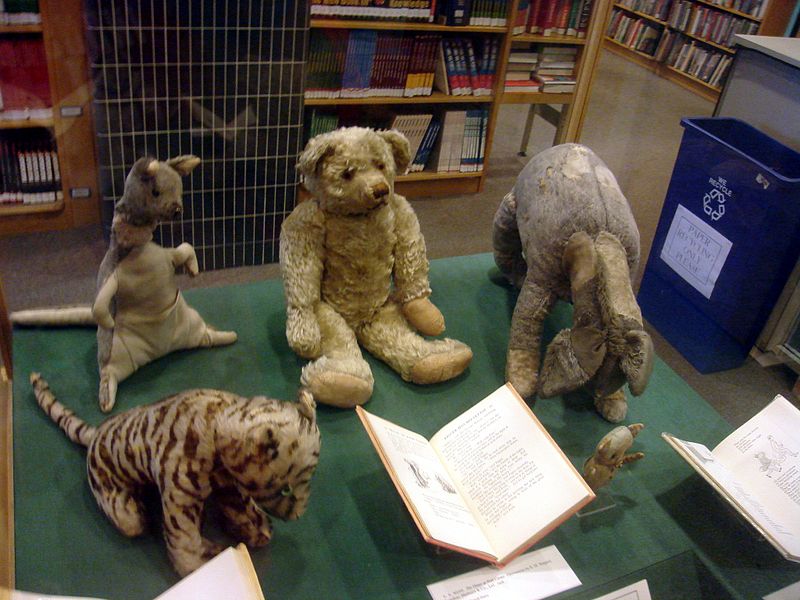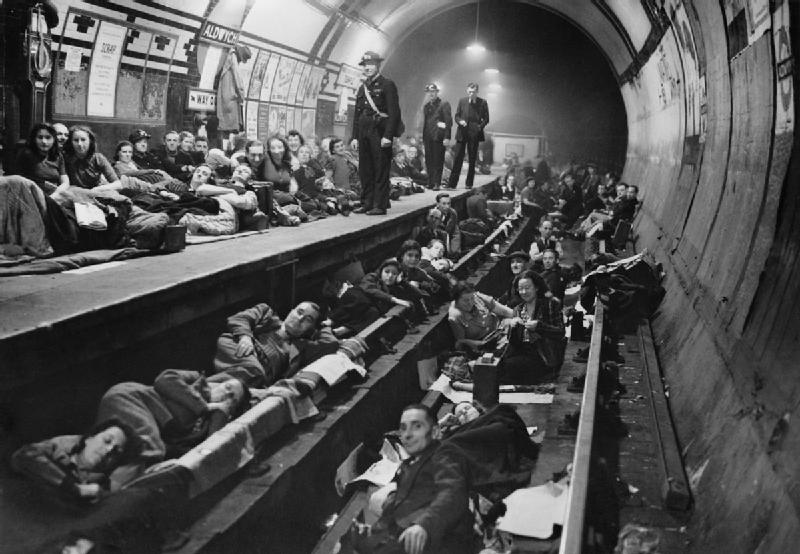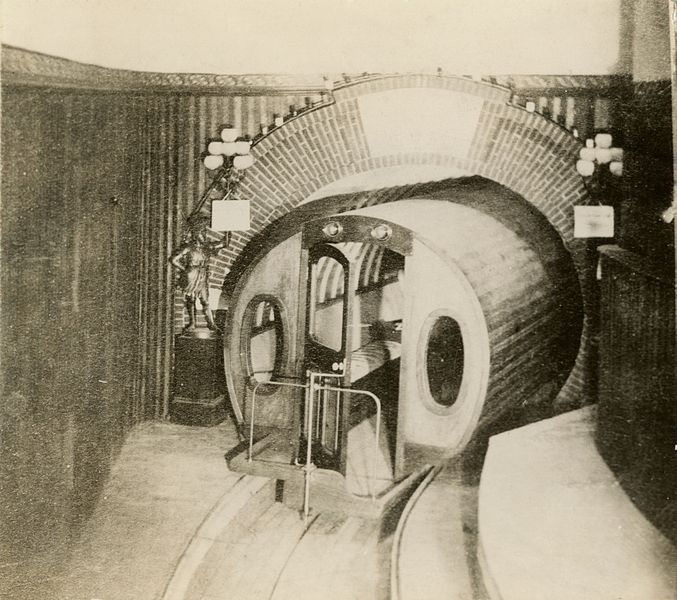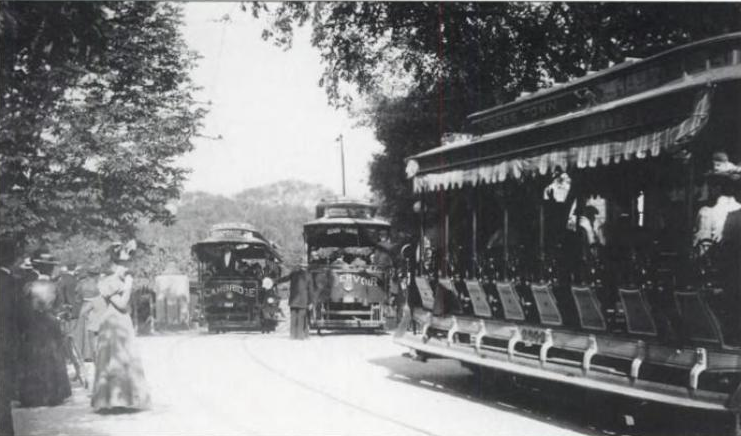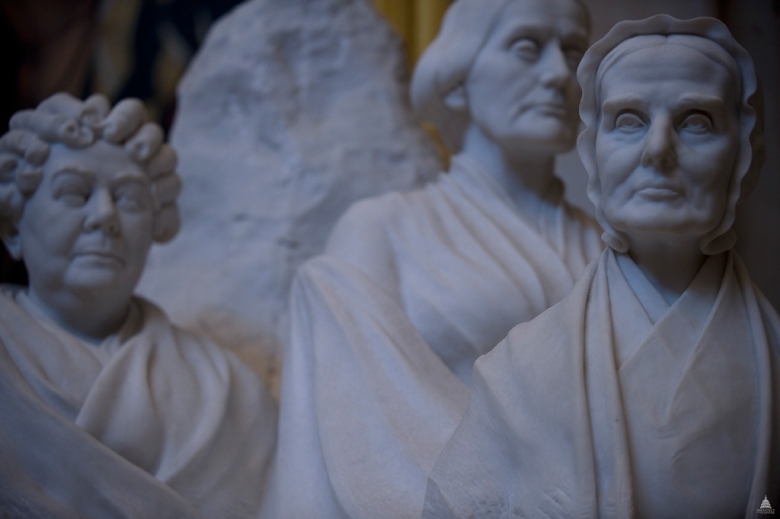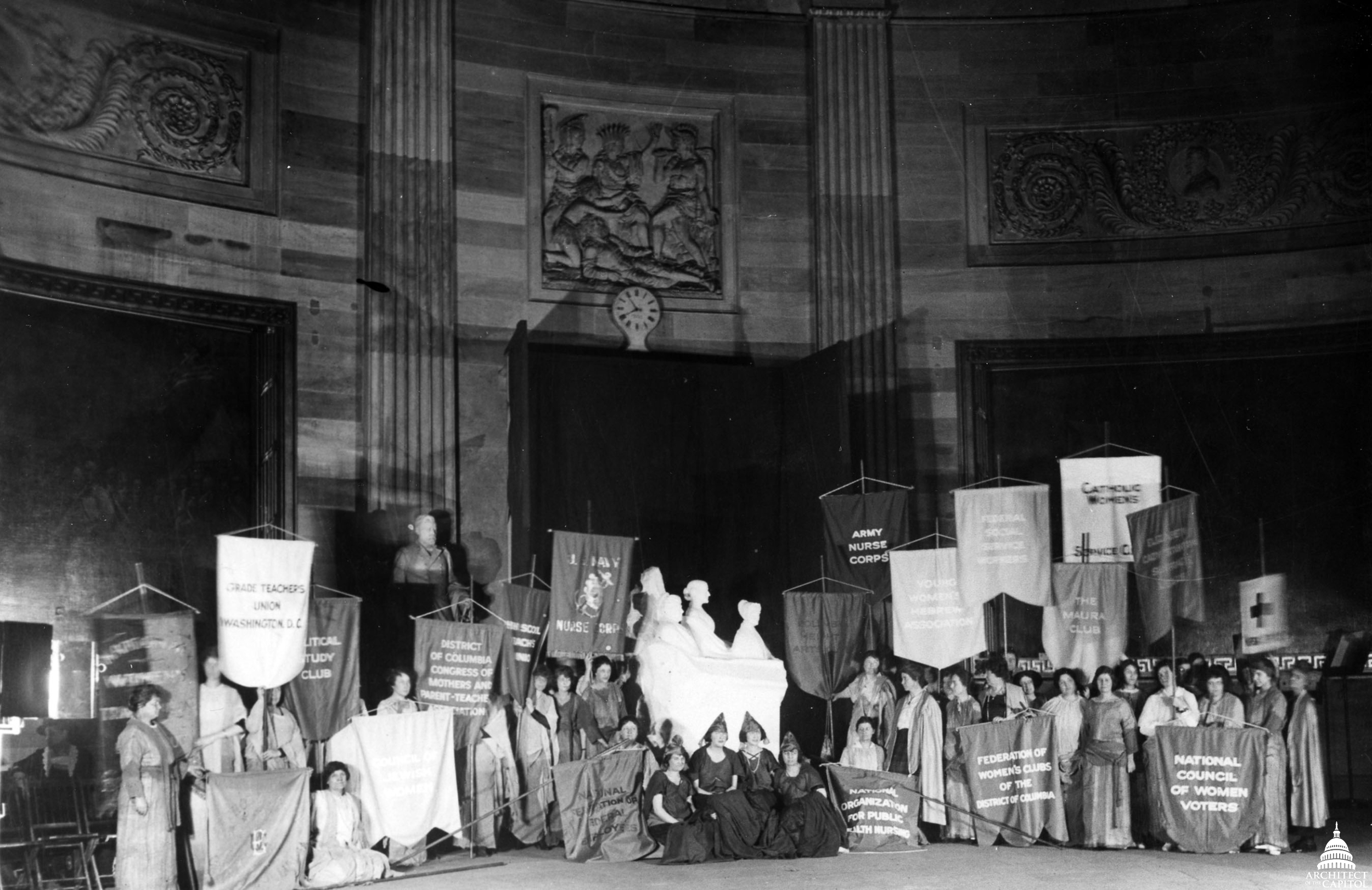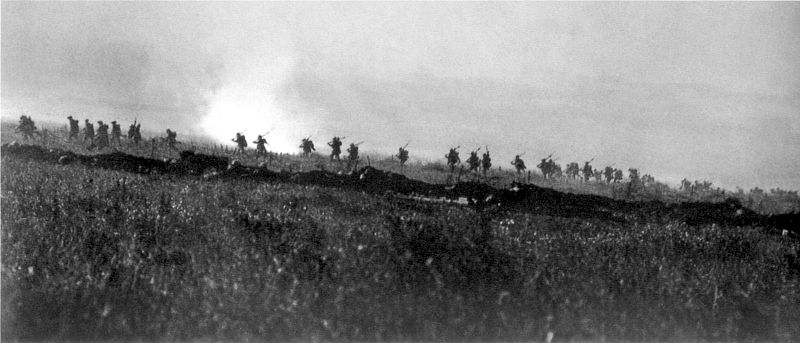
Figure 1 – Astronomers are using NASA’s Hubble Space Telescope to study auroras — stunning light shows in a planet’s atmosphere — on the poles of the largest planet in the solar system, Jupiter.
Credits: NASA, ESA, and J. Nichols (University of Leicester)
July 5, 2016 Switch to toroidal low gain antenna 2:41 UTC
I am the time traveler and I can project myself back in time fifty years, and there I am sitting in the American Museum’s Hayden Planetarium watching the outer planets. The planetarium is dark and cool. It is ever dark and cool. Forever, that is my sensation of space. I am sitting at the very dividing line between the real and the imagined.
July 5, 2016 Begin nutation damping activity to remove remaining wobble 2:46 UTC
This border is where science, both physical and biological, invariably takes us. There is no ambiguity at this nexus. As our reality reaches outward so too does our imagination. We have only to imagine new wonders.
July 5, 2016 Begin fine-tune adjustment of the orbit insertion attitude 2:50 UTC
And, as scientists, we are always imagining. I used to put my desk lamp on the floor and create little eclipses with my globe and a rubber ball. I used to experiment with the umbral and penumbral shadows – ever imagining that I was in that cool dark place called space, where physics ruled everything.
July 5, 2016 Begin spin-up 2:56 UTC
Figure 1 is an image of Jupiter taken, not with the Juno space probe, but with the Hubble Space Telescope. It shows aurora around the Jovian North Polar, so real, right, and more than imagination. Actually it is even more than real, because modern science and human imagination have given us new ways of seeing. To more vividly observe these auroras Hubble uses its Imaging Spectrograph to create deep ultraviolet images.
July 5, 2016 Jupiter orbit insertion burn 3:18 UTC
Scientists know this, but most people just take it for granted. Our eyes which used to be limited to the visible spectrum are now seeing ever so vividly all over the electromagnetic spectrum. We are even mapping other forms of energy. We can even choose an ever so precise wavelength that picks up the distribution of a particular element on a star’s or planet’s surface.
July 5, 2016 Orbital capture achieved 3:38 UTC
So we can abandon, if only for a moment, all of the harsh realities of our world and we can marvel once again, as we did when we were young, at what we may achieve. We may remember, but really imagine, that it was in 1418 that João Gonçalves Zarco and Tristão Vaz Teixeira discovered Porto Santo in the Medeira Archipeligo. And it was seventy years later that Bartolomeu Dias defied death and rounded the “Cape of Storms” (Cape of Good Hope). Four years later, in 1492, Christopher Columbus discovered the Bahamas, Cuba, and “Española” (Hispaniola). Between 1519 and 1522 Ferdinand Magellan‘s expedition completed the first circumnavigation of the globe. Almost another century would pass before the settlement of Jamestown in 1607 and the establishment of the Plymouth Colony in 1620.
July 5, 2016 Terminate insertion burn 3:53 UTC
This timeline is sobering. Even factoring in the fact that we have come to take for granted the break-neck pace of our world and the technology that drives it. We arrogantly assume that we can move faster. Inevitably discovering new worlds takes time.
July 5, 2016 Begin turn to sun-pointed attitude 4:07 UTC
But last night, as Juno ended its 1.8 billion mile journey, inserted itself into Jovian orbit and oriented itself so as to be able to absorb energy from the feeble sunlight at that distance (~1/25th that at the surface of the Earth), I was taken back in time to those days in the Planetarium fifty years ago and I also traveled forward in time to imagine where we will be fifty years hence.
July 5, 2016 Switch telecom to medium gain antenna, begin telemetry transmission 4:11 UTC
As signal was received last night at NASA’s Jet Propulsion Laboratory the scientists erupted into cheers and applause. Scott Bolton, Juno’s Principal Investigator announced that “We just did the hardest thing NASA has ever done. That’s my claim.” During the next two years, before Juno plunges into the planet, we will learn a lot about the planet and about the origins of our solar system. Right now we can only imagine. The words of Tennyson come ever to mind as we contemplate the border between reality and imagination,
“Yet all experience is an arch wherethro’
Gleams that untravell’d world whose margin fades
For ever and forever when I move.”
Alfred, Lord Tennyson, Ulysses
